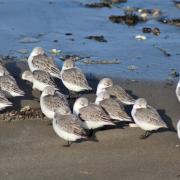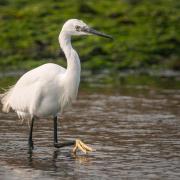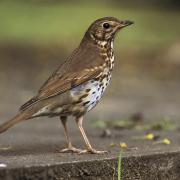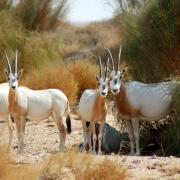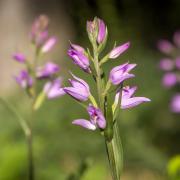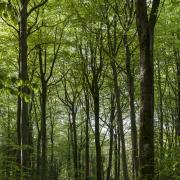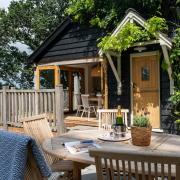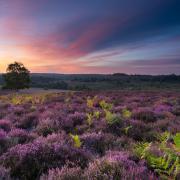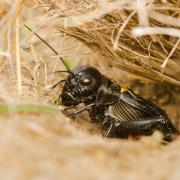Look down on Hampshire from above and it may look like a patchwork of green, but when it comes to flora and forna it’s not as abundant as it seems. Kizzie Henderson explains why protecting our wildflower meadows is vital for the future of our ecosystem
Before the 1930s Hampshire was strewn with wildflower rich meadows and grasslands where species thrived. But since then, meadows have been lost due to other land uses, such as agriculture intensification including ploughing and re-seeding, overgrazing and drainage. The deterioration of wildflower meadows now stands at a staggering 97%, which makes nature reserves the last refuges for some of our best loved and most unusual flowers.
In 2012, Plantlife published Our Vanishing Flora, a report highlighting the loss of wild flowers from individual counties across Great Britain since the Coronation in 1953. In his foreword for the report, Plantlife’s Patron, HRH the Prince of Wales called for the creation of new wild flower meadows, at least one in every county, to celebrate the 60th anniversary of the Coronation.
Plantlife joined up with the Hampshire and Isle of Wight Wildlife Trust and the Rare Breed Survival Trust to lead a project that aims to designate one meadow in each county as exceptionally rich in wildlife, which will act as a donor for wildflower seed in order to create other meadows. These sites will be known as Coronation Meadows.
In Hampshire, our Coronation Meadown is the Hoe Road memorial meadow located near Bishops Waltham; it was donated to the Hampshire and Isle of Wight Wildlife Trust 20 years ago by supporter Nancy Mason. With the Trust’s management and financial support from The Southern Co-operative Funeralcare, this small but perfectly formed classic hay meadow has continued to thrive.
David Rumble, Strategic Head of Conservation and Education of the Hampshire and Isle of Wight Wildlife Trust described the beauty of the site: “On a bright summer’s day the meadow shimmers with small copper and common blue butterflies, flitting between the many wildflowers including oxeye daisy, bird’s-foot-trefoil, pepper saxifrage and field scabious. Listen out for yellowhammers in the breeding season. In the winter the surrounding hedgerows provide plentiful food for the flocks of fieldfare and redwing.”
Wildflower meadows are hugely important to wildlife and biodiversity and their decline has seen a huge threat to the eco system. Wildflower meadows provide hay for livestock and can act as a natural flood plain, protecting sensitive areas from flooding and allowing our life-giving groundwater supplies to recharge.
Meadows support nationally scarce and declining species of flowering plants, insects and a community of other animals, many of which are not found anywhere else. There are more than 40 different plants and species in a single square metre, which in turn support a myriad of insects who then provide food for birds such as lapwing chicks and swallows. Wildflowers are also the essential food source for pollinator species which support farmers and food production.
The Hampshire and Isle of Wight Wildlife Trust is currently working with their partners on the next stage of the project – using the Coronation Meadows as ‘donor’ meadows to provide wildflower seed for the creation of new meadows at ‘recipient’ sites in the same county.
In this way, new meadows will be created increasing the area of this valuable habitat and providing new homes for bees, butterflies and other pollinators, as well as helping to secure our wildflower heritage for the next 60 years.
The Hoe Road Memorial Meadow can be sponsored in someone’s memory, making it a tribute that will bloom year after year. Find out more by contacting the Hampshire and Isle of Wight Wildlife Trust on 01489 774400 or visiting www.hiwwt.org.uk.
--------------------------------------------------
Read on
Peter Hutchings from the Wildlife Trust on our connection with the badgerDeborah Griffiths shares her top tips for wildlife gardeningNew byelaws secure the long-term future of Solent seagrass





